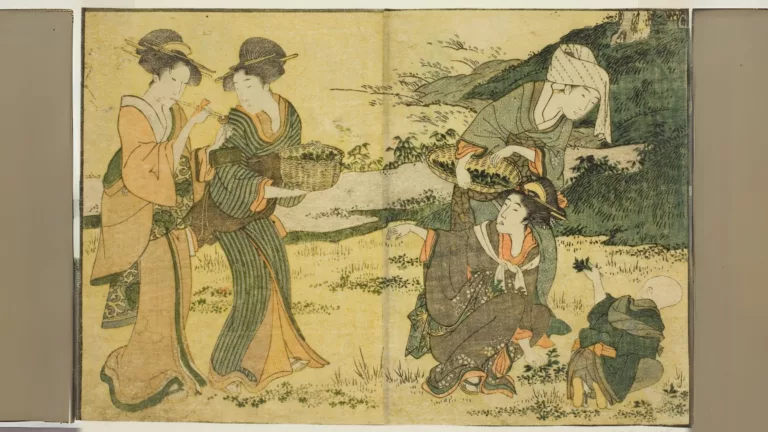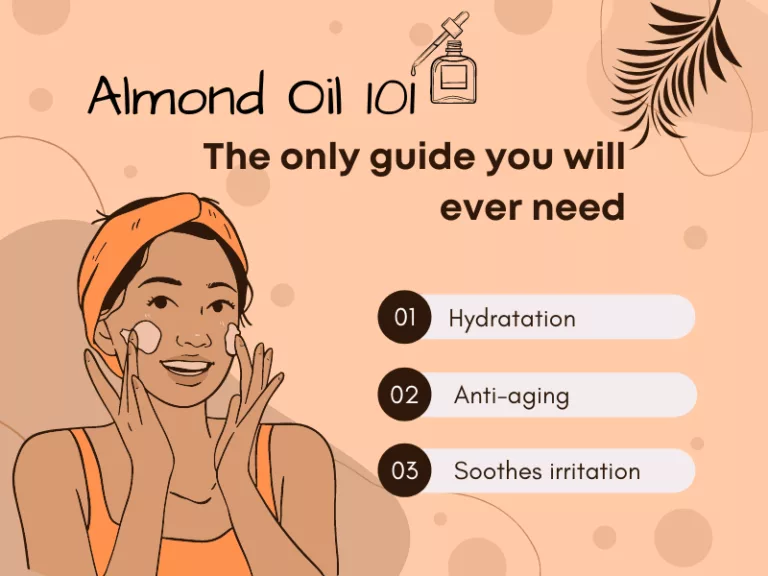The Role of Essential Oils Through the Centuries

Essential oils have been known to humankind for thousands of years; we decided to share a bit more about their fascinating history through the ages.
Essential oils and the power of herbs have been familiar to people since the dawn of humanity. At first, essential oils were used to depict figures and scenes on cave walls, some of which survive to this day. In the Lascaux caves (Grotte de Lascaux) in the Dordogne region of France, there are cave paintings that point to the use of various herbs, mainly for medicinal purposes. Similar evidence has been found in many places—for example, the El Castillo cave in Spain, whose walls bear paintings from 41,000 years ago; artifacts discovered there also attest to the use of different plants for healing.
A testament to early essential-oil extraction is a terracotta still made about 5,000 years ago, now housed in the Taxila Museum in Pakistan. It is believed that devices like this were used by ancient Indic and Arab civilizations to produce aromatic waters and essential oils.
Later, historical records from Egypt show the growing use of essential oils around 4500 BCE. Egyptians used essential oils for healing, in various spiritual rituals, and even in mummification. Aromatherapy is thought to have its origins in Egypt; according to one of the oldest surviving papyri, dating to 1550 BCE, fragrant essential oils were widely used both externally and internally for therapeutic purposes. Cleopatra is said to have used essential oils in her beauty rituals.
In China, herbs and aromatherapies were also widespread. The “Herbal Classic,” dating to around 2700 BCE, describes 365 plants, while the “Huangdi Neijing” (Yellow Emperor’s Canon of Internal Medicine) from 2650 BCE details many methods of aromatherapy and massage—some still used today in Eastern medicine.
It’s no accident that essential oils appear in numerous stories from ancient Greek mythology. Greek healers knew well the power of aromatic herbs and oils. The botanist Theophrastus was the first to observe and describe the beneficial effects of topical essential-oil application on the condition of body and mind.
Later, the Romans spread their knowledge of medicinal plants and their oils, and many herbs were introduced to new regions. In the five volumes of De Materia Medica, more than 500 plants and fragrances were described.
Around 1000 CE in Persia, the method of refined distillation was perfected. Rose water and distillates from other flowers came into wide use.
During the plague pandemic, essential oils and herbs were widely used in Europe to bolster immunity and prevent contagion. Lavender was carried as protection; frankincense and pine were burned in the streets; basil, chamomile, and lemon balm were scattered on the ground. In the 16th century, the first book appeared containing detailed information on methods of distillation and the use of essential oils.
Interest in and study of herbs and the effects of essential oils continued to grow through the 17th and 18th centuries, with new books and scientific works appearing. Later, in the 19th century, essential oils saw increasing use thanks to the rapidly developing food and cosmetic industries.
In the 20th century, the French chemist René-Maurice Gattefossé published his book Aromathérapie, giving the discipline its modern name. Many other physicians and scientists contributed to the development of aromatherapy and the broader use of essential oils.
In recent years, with a return to the natural and a search for gentle, nature-based solutions, we’ve begun to pay ever greater attention to herbs and their benefits—as well as to essential oils and their positive effects on body and spirit. We believe that for every discomfort of body and soul there is a suitable natural remedy.


